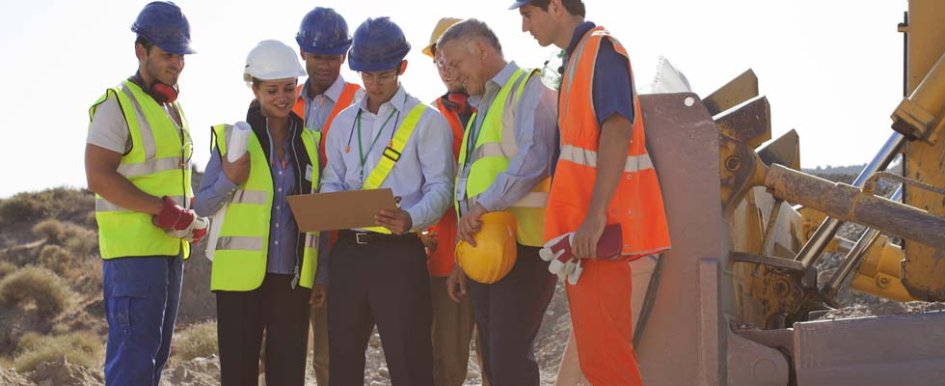
Nearly 80% of construction jobs eliminated during the pandemic have returned, and employers are scrambling to fill open positions. But in terms of safety, expediting the hiring process may do more harm than good.
With the supply of construction workers failing to meet demand, there are concerns that contractors will rush the onboarding and training processes for new hires. Pushing workers into projects without a clear understanding of safety training and on-site hazards increases the already-high risk of serious injuries and fatalities (SIFs). Despite the urgency to fill the employment gap, safety needs to remain at the core of the hiring and onboarding process.
Experience & Training Are Critical
Approximately 20% of workplace fatalities in the United States occur in the construction industry, making it one of the most dangerous fields in the country. The Occupational Safety and Health Administration (OSHA) identifies falls, electrocutions, caught-ins and struck-by hazards as the top four causes of jobsite injuries and fatalities.
However, most on-site fatalities — especially the 33% of all construction deaths caused by falls — are preventable with effective management and safety training. Although OSHA provides standards for training requirements, companies often circumvent or disregard standard protocols — particularly when they need to fill job openings quickly.Despite companies raising wages and offering additional benefits, finding skilled workers remains a core issue for many organizations. Hiring unskilled or inexperienced workers for these positions poses an even greater risk for SIFs.
Failing to provide sufficient training and a safe work environment can result in financial losses, legal implications and reputational damage.
4 Ways to Build a Culture of Safety
Providing new hires with adequate onboarding and training is paramount when a worker is hired, but it’s just as important to ensure safe practices are maintained. There are four initiatives you can take to embody safety in the workplace culture while retaining
top talent.
1. Maintain client-contractor communication — Nearly 40% of construction workers are contracted by other companies or are independent contractors. Clear communication between clients and contractors is critical to keep these workers safe.
In practice, good communication means clearly spelling out expectations in contract documents and providing accurate information about workers. 2. Continuously evaluate workers’ knowledge of safety protocols — The initial training you provide new hires is important, but on-the-job experience and continuous knowledge assessments are vital to ensure a thorough understanding of safety protocols. Consider appointing a more senior worker to monitor the worksite throughout the day and hold daily safety meetings before the start of each workday.
3. Adequately staff jobsites — Striking the right balance between senior and junior workers on a jobsite — what many companies refer to as “crew mix” — can help improve safety and productivity. Workers with more experience can act as mentors to less experienced crew members.
4. Harness the power of data and analytics — Companies have historically collected risk and safety data from incident management systems and observational audits to evaluate safety and performance. However, now that a large portion of construction work is performed by contracted workers, you would have to track incidents across various employers for accurate data. Data can help you understand the root causes of these incidents, and lead to improvements in processes and training.
You Can’t Rush Safety
While the construction industry is in dire need of workers, patience is key to making sure your jobsites and employees are prepared and safe. And it’s more important than ever to bridge the gap between policies and job performance.
Ultimately, training that could potentially save lives is far more important than staffing up quickly and hurrying to get the job done.
